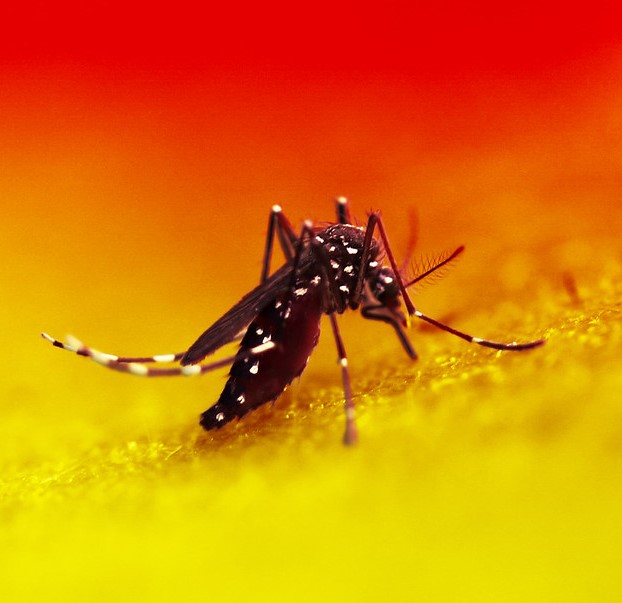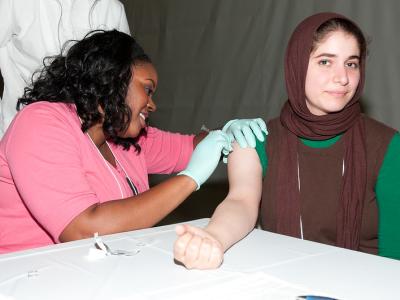Researchers in India say they used artificial intelligence (AI) to diagnose mpox using photos of skin lesions with an accuracy up to 99.5%.
Their study, published last week in Medicine in Novel Technology and Devices, tested the ability of the trained deep-learning networks GoogLeNet, Places365-GoogLeNet, SqueezeNet, AlexNet, and ResNet-18 to diagnose mpox using photos of patients' skin lesions (mpox, chickenpox, and other viruses) and computer models designed to mimic human vision.
Currently, mpox is diagnosed using polymerase chain reaction (PCR) testing, but the study authors noted that the results are not always accurate because the virus remains in the blood only a short time. PCR diagnosis also requires information such as rash stage, patient age, and dates of fever or rash onset and is not always available in remote areas.
May aid diagnosis in remote areas
All deep neural networks achieved an accuracy higher than 95%, with ResNet-18 at 99.49%. The researchers noted that ResNet-18's superior performance was likely due to its more straightforward architecture that allows it to learn more complex features with fewer inputs.
"The results prove that deep learning models such as the proposed model based on ResNet-18 can be deployed and can be crucial in battling the [mpox] virus," the authors wrote. "Since the used networks are optimized for efficiency, they can be used on performance limited devices such as smartphones with cameras."
GoogLeNet and Places365-GoogLeNet also perform well for mpox diagnosis and are lightweight and resource-efficient, making them ideal for use in healthcare facilities and in rural areas, they said.
The researchers added that the AI techniques LIME (local interpretable model-agnostic explanations) and GradCAM (gradient-weighted class activation mapping) help health professionals interpret the results to accurately diagnose or rule out mpox.
A global mpox outbreak began in May 2022, mainly affecting men who have sex with men. Transmitted through close contact or contaminated objects, the virus can cause fever, muscle aches, headache, swollen lymph nodes, and other symptoms. As of April 2023, about 87,000 global cases and 112 deaths had been reported.
 The incidence of the multidrug-resistant fungal pathogen Candida auris increased dramatically in Israeli hospitals in 2021 and 2022, driven primarily by COVID-19 surges and mechanical ventilation, Israeli researchers
The incidence of the multidrug-resistant fungal pathogen Candida auris increased dramatically in Israeli hospitals in 2021 and 2022, driven primarily by COVID-19 surges and mechanical ventilation, Israeli researchers 









